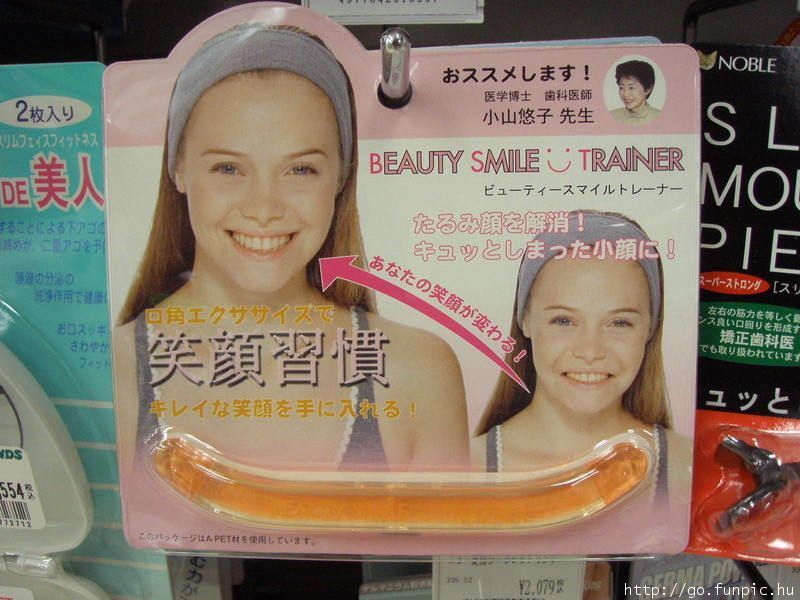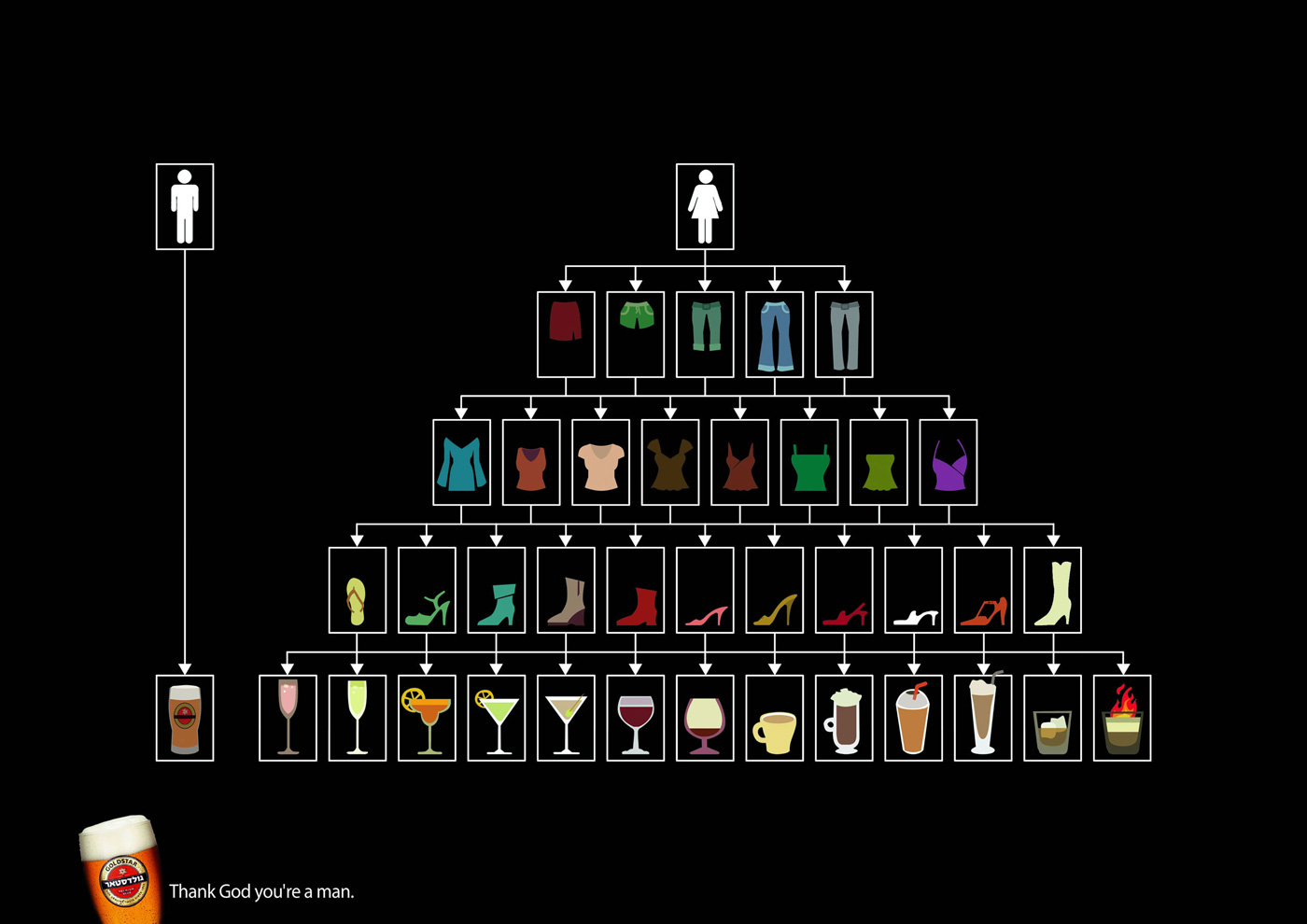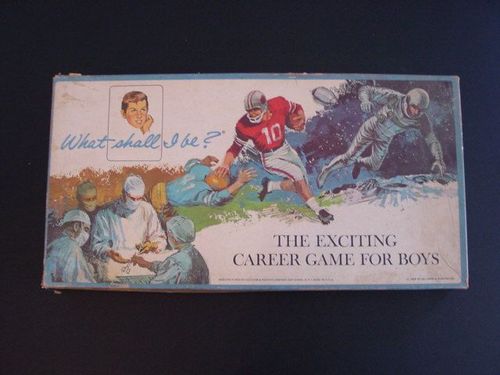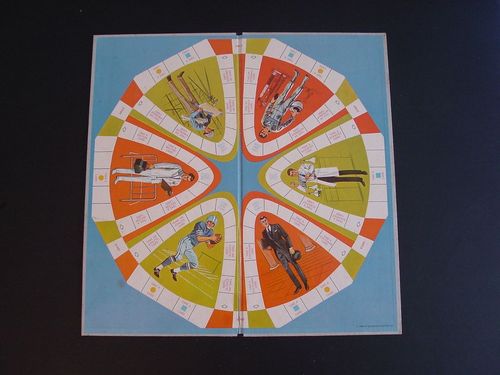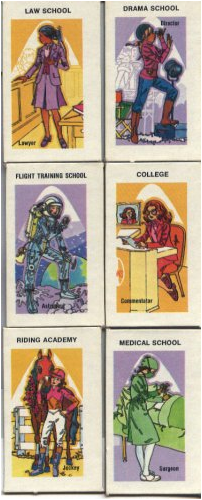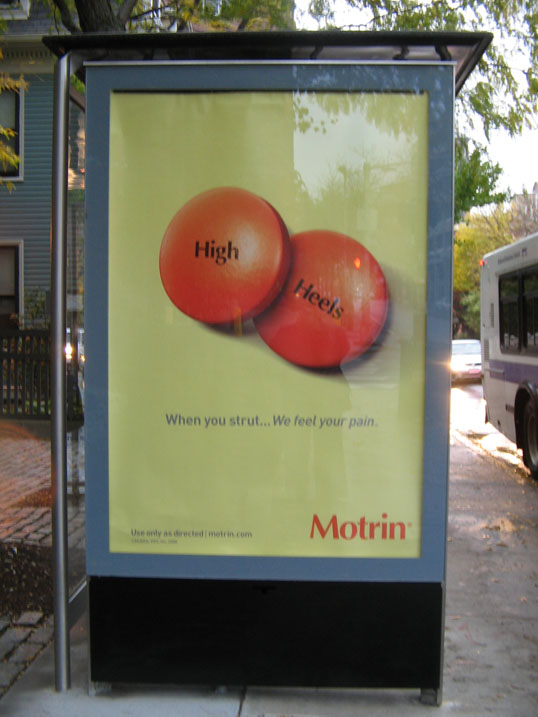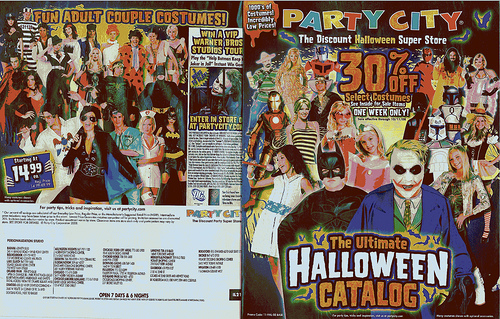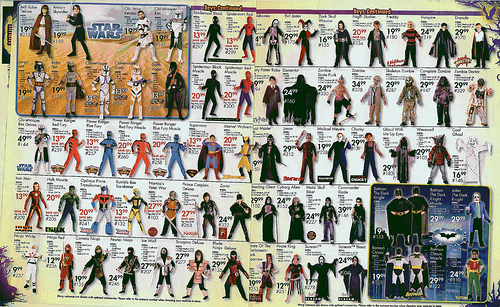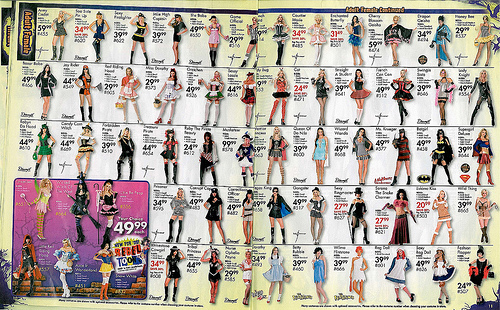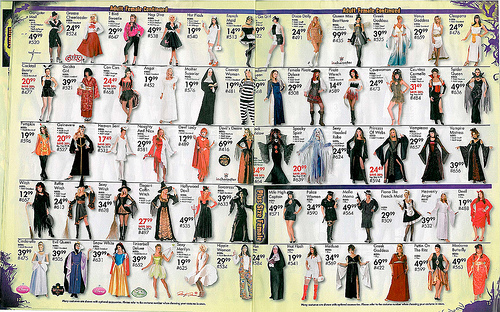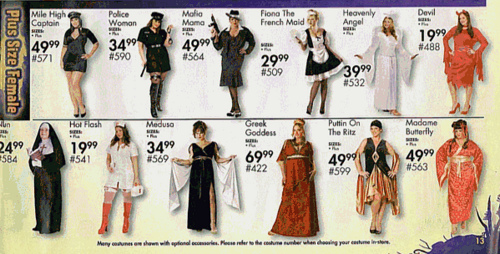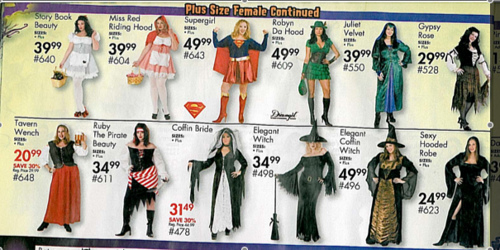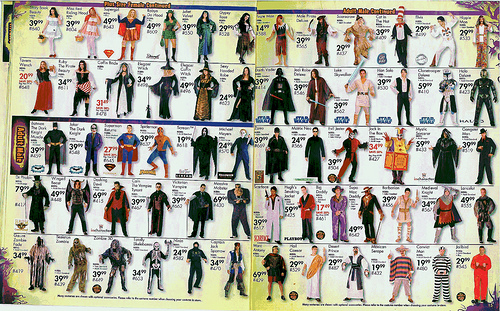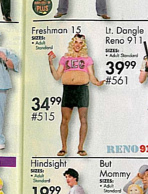Eva M. sent in an image (found here) of a Beauty Smile Trainer:
Presumably you’re supposed to wear it regularly to train yourself to smile the big, wide smiles needed to win beauty contests. It’s another example of how we no longer think of beauty as something “natural,” but rather as something that you get through products, training, and, if necessary, surgery. I guess you can wear this along with your teeth-whitening treatments to get the perfect smile.
Thanks, Eva M.!

